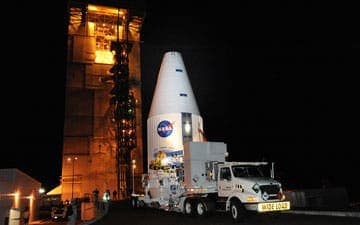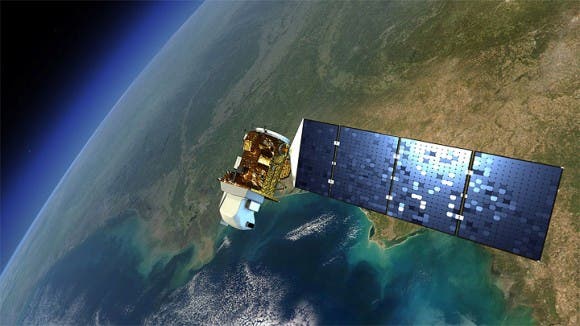NASA’s Landsat Data Continuity Mission spacecraft aboard a United Launch Alliance Atlas V rocket is cleared for flight, and with the weather forecasts remaining excellent, it seems everything is set for the launch.
The Landsat satellite operations began all the way back in 1972, providing a huge amount of useful satellite information. This eight generation model however brings some major improvements compared to the previous ones. New sensors include Operational Land Imager (OLI) and the Thermal Infrared Sensor (TIRS) which independently gather data from land, oceans, ice… pretty much from everywhere – all with much greater accuracy than their predecessors.

Weighing just under 3 tons and measuring about as much as an SUV, the satellite will orbit our planet every 16 days, moving from North to South an gradually building a full picture in narrow bands. Even though the design life is some 5 years, NASA have equipped it with fuel for 10 years, with a logic optimism, considering that Landsat 5 was set for shutdown in 2012, some 25 years later than it was initially scheduled.
Via NASA
Pictures source







